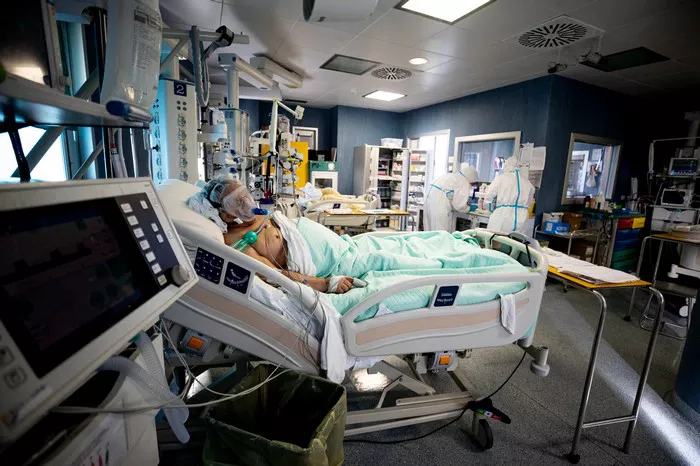FAQs
What causes low back pain in females?
Various factors can contribute to low back pain in females, including muscle strain, ligament sprains, herniated discs, osteoporosis, endometriosis, pelvic inflammatory disease, or uterine fibroids. Pregnancy-related changes and hormonal fluctuations can also play a role.
How do I know if my back pain is serious?
Persistent or worsening back pain, especially if accompanied by other symptoms like numbness or tingling in the legs, weakness, fever, unexplained weight loss, or loss of bowel or bladder control, may indicate a serious underlying condition. Consulting a healthcare professional for proper evaluation is advisable.
How do I know if my back pain is organ-related?
Organ-related back pain often presents with specific characteristics such as deep, dull, or aching sensations, rather than sharp or stabbing pain typical of musculoskeletal issues. It may also be accompanied by symptoms related to the affected organ, such as abdominal discomfort, changes in bowel or bladder habits, or abnormal menstrual bleeding. Consulting a doctor for a thorough examination is crucial to determine the exact cause.
Related topics:
- Gum Canker X: A Comprehensive Guide on Its Use & Benefits
- The Impact of Stress on Crohn’s Disease: What You Need to Know
- Understanding Stress Hives: Causes, Symptoms & Relief Strategies


